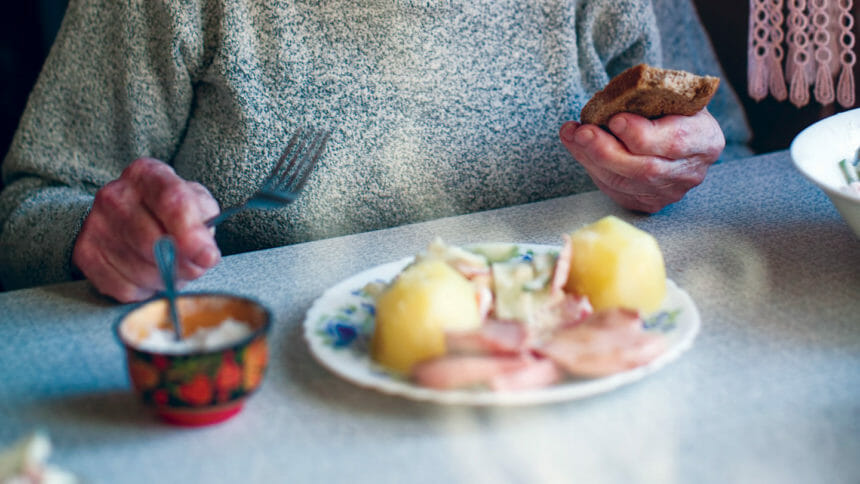
A group of Canadian researchers, in partnership with several long-term care facilities, are using artificial intelligence to help prevent malnutrition among residents.
Their fully automated imaging system compares photos of serving plates at the start and end of the meal to gauge how much a resident has eaten. The software then links to the LTC facility’s recipes and meal plans to get information on the type and nutritional value of the foods included in each meal. By analyzing factors such as the color and depth of the food that’s left on the plate, the software determines how much of each food type was consumed, and how much nutrition the resident received.
While LTC staff already estimate food consumption by manually checking how much food is left on plates, the researchers point to error rates of at least 50% with this method. The AI system claims an accuracy within 5% in Scientific Reports.
“One of the biggest findings from this study is the tremendous potential for this type of technology as a game-changer for really aiding LTC homes in improving not just the quality of care they can provide but also improving efficiency,” said study co-author Kaylen Pfisterer, Ph.D., who co-led the research with her husband, Robert Amelard, Ph.D. “By developing and co-designing the technology directly with stakeholders, we feel we’ve landed on a solution that considers the day-to-day constraints of bustling LTC life.”
The technology also would provide facility dining staff with data on most-loved foods, allowing them to examine ways to make these foods more nutrient-packed, and enable staff to detect a resident’s malnutrition risk earlier and intervene sooner.
“By more accurately tracking intake, this could also help reduce food waste, inform menu planning and provide insights into opportunities for enhanced recipes,” said Pfisterer.





